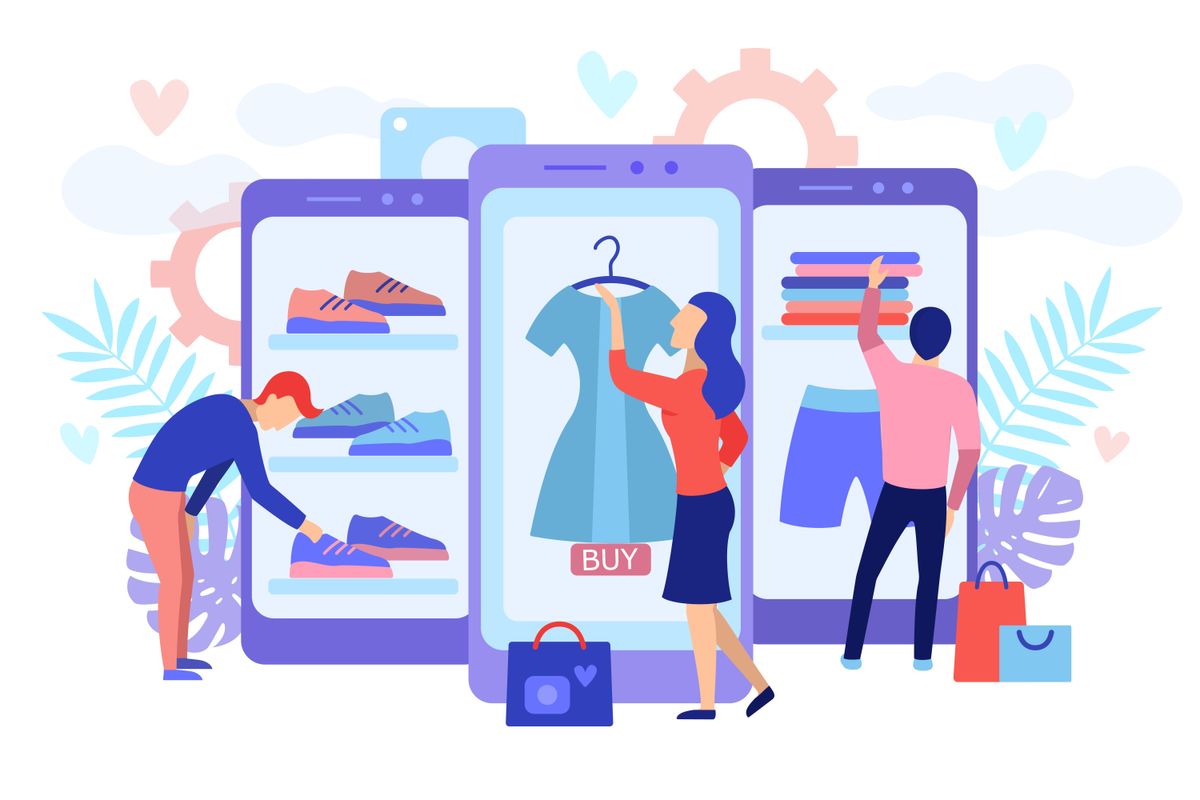Brands keen to capitalise on the e-commerce boom must recognise that maximising sales means making smarter use of social media. While online spending may be rising fast — with UK market estimates upgraded by £5.3 billion — the greatest rewards will go to those who can reach consumers through the platforms with the biggest impact on their opinions and buys; specifically, the likes of YouTube, Instagram, and Facebook.
Before the pandemic, 62% of UK consumers shopped via social. Since the outbreak began, it has become the most common channel for 87% of consumers to find information about brands and their products. Moreover, a further 36% now say the majority of new purchases are driven by social discoveries.
Of course, the most obvious way to boost social brand exposure is already clear: influencer collaborations. But what key ingredients should they be harnessing to ensure partnerships deliver the best all-round results for the influencer, audience, and their own bottom line?
One answer is shoppable video. As a medium that seamlessly integrates instant purchase options with engaging content, it’s the perfect choice for influencers and brands to increase revenue without reducing experience quality. Hence the continued growth of investment in shoppable ads despite COVID-19 difficulties.
To harness it effectively, however, brands will need to understand what the opportunities are and how they can be tapped.
Adding a new element of interactivity
Shopping isn’t necessarily the driving goal of influencer engagement; audiences come for the latest posts from their favourite creators and are often inspired to purchase by what they see. For brands, this means a successful partnership depends on not only building strong associations with relevant influencers, but also being part of their content.
Among the most effective yet unobtrusive ways to achieve this is by inserting interactive hotspots. These advanced tools are designed to offer greater scope for brand connection, without interrupting digital content. When laid over video elements such as images, logos or products, they create clickable touchpoints that give viewers the ability to instantly access additional information and options, while the video keeps playing.
For example, say a brand wants to work with an influencer to promote its new beauty line. By creating a video ad or live stream where makeup is tested and reviewed, hotspots can be used to add greater flexibility and value: enabling consumers to not only find out more about items that spark their interest, but also purchase them in real-time.
Ease the way for instant purchasing
Providing an immediate gateway to boost interaction and buying opportunities will go a long way towards helping brands seize the attention influencer videos generate. But to bolster the chances that consumers will convert in the moment, they must ensure the journey from interest to buying is as smooth and rapid as possible.
All too often, ‘shoppable’ features in digital media involve complicated purchase routes that increase the likelihood that interest will fade before sales are completed. Google’s Shoploop is a prime example of this; with links in influencer content redirecting consumers to checkouts on external brand sites – significantly enhancing the probability of cart abandonment or drop-offs. Fortunately, however, this issue has a simple and efficient solution: direct in-cart integration.
This is the true embodiment of ‘click-to-buy’ functionality; allowing consumers to go from “inspiration” to “transaction” all in a single click and without having to leave the original video environment. In an influencer video about high-tech sportswear, for instance, brands might overlay ‘shop the look’ hotspots that make it easy for individuals to purchase quickly, before going straight back to viewing. Additionally, when integrations include marketplaces such as Amazon, choice and convenience can be even better — with full product lists immediately pulled into the video format.
This approach represents a win-win for influencers, audiences, and brands. As well as closing the conversion loop and minimising abandoned carts, it helps influencers fuel commission revenue without the risk of losing their viewers to other sites because consumers can buy and engage all in one place.
Uncovering what audiences really want
Last but not least is experience optimisation. For both influencers and brands, delivering content that consistently strikes the right chord with consumers is essential to sustain positive consumer relationships and revenue. But to do so, they need to know exactly what digital experiences look like from the user perspective.
That is where sophisticated analytics comes in. By leveraging platforms that use artificial intelligence (AI) to run persistent and in-depth analysis of how consumers interact with shoppable media, brands can gain accurate insights that reveal far more than just view rates. Alongside a granular understanding of the hotspots individuals gravitate towards and the content they view most often, AI evaluation can provide a window into unique preferences — such as the music tempo consumers prefer — and assess specific attributes; including location and device type.
This detailed data can then form the basis for constant improvement of joint promotions. At an internal level, brands can pinpoint which components of interactive videos are working for audiences, and which aren’t, and make real-time adaptations; be that adjusting content length, audio, or imagery. Then, by sharing knowledge with influencer partners, they can also cooperate to create content that will give audiences more of what they want and increase return on investment (ROI) for all – ultimately enhancing the value of brand-influencer partnerships.
Shoppable media is ultimately the critical ingredient no brand-influencer partnership should be without, especially when it comes to video. By injecting greater versatility into already highly-engaging influencer content, brands can more effectively tap into growing consumer appetite for online shopping and social content. Interactive tools such as hotspots open up new possibilities for exploration and conversion, while new innovations in direct purchasability and analysis enable brands and influencers to plot a unified path to mutual success.








